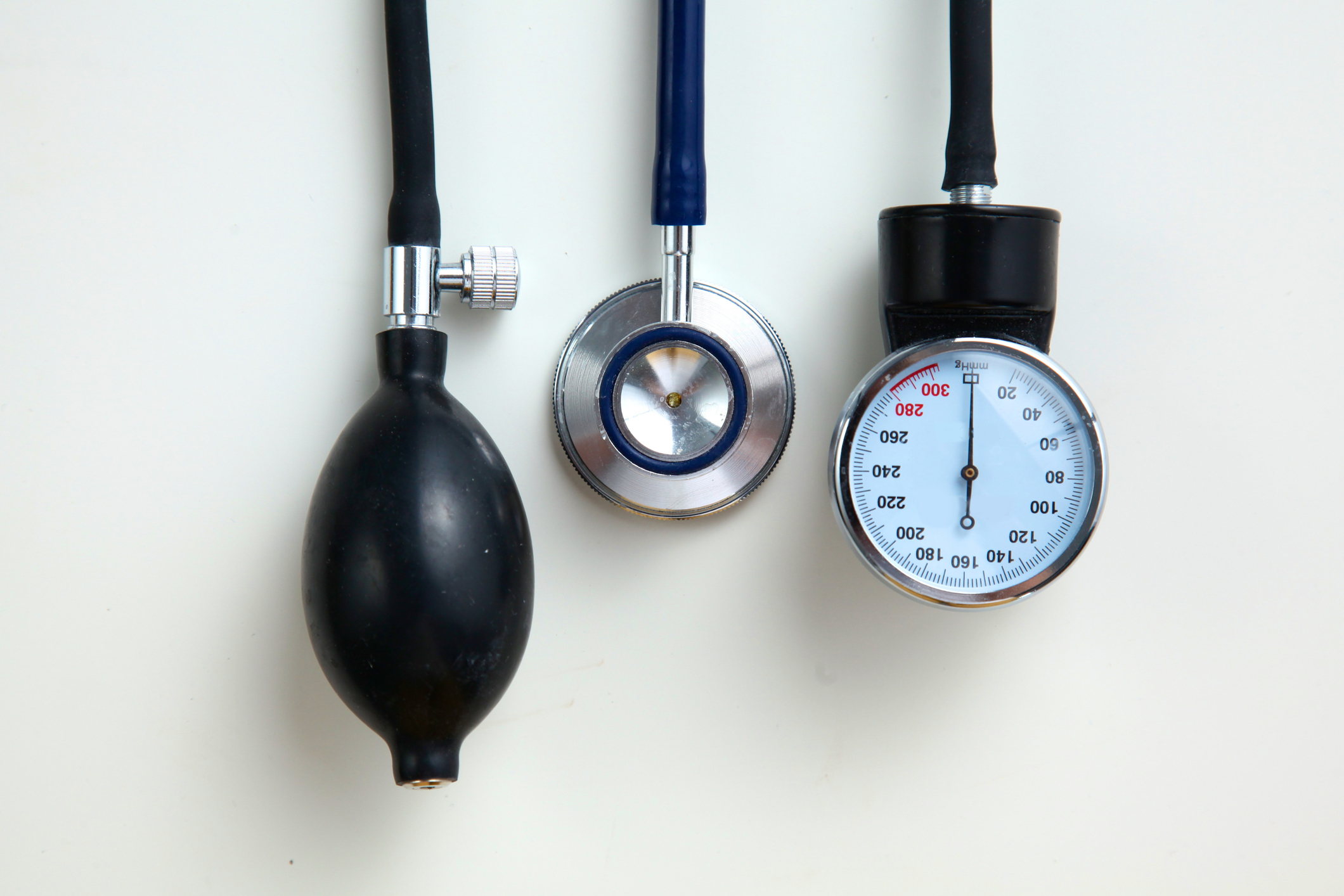Managing your blood pressure can sometimes feel overwhelming, but there are some simple things you can do to lower your blood pressure and reduce your risk of heart, stroke, kidney and blood vessel disease.
Tip 1: Eat well
Reducing the sodium (salt) in your diet can help lower your blood pressure. Processed foods generally have much higher salt levels so fruit, vegetables, whole grains and other foods you prepare yourself are better options.
- Season foods with herbs and spices rather than salt.
- With tinned or packaged foods, look for ‘No added salt’ or ‘Low salt’ on the labels.
- When you’re reading food labels, choose foods that have less than 400 mg of sodium per 100 grams. Less than 120 mg of sodium per 100 grams is considered best.
- Stock your freezer with homemade meals so you’re less likely to resort to take away when life gets busy.
- Aim for five serves of veggies and two serves of fruit each day.
Tip 2: Be physically active
Did you know that regular ‘aerobic’ or ‘cardio’ exercise can help to lower your blood pressure? Recommendations vary depending on your age and overall health, and doing some exercise is better than doing none at all. The Department of Health recommends the following:
- If you’re 64 years or younger, aim for 150 – 300 minutes of ‘moderate intensity’ exercise each week or 75 – 150 minutes of ‘vigorous intensity’ exercise each week.
- If you’re 65 years or older, aim for at least 30 minutes of exercise everyday—but remember even increasing your physical activity a little will have a positive impact on your health. If you’re already doing more than 30 minutes of exercise daily, keep it up.
If you’re taking blood pressure medicines talk to your doctor before you change the amount, type or intensity of physical activity you do.
Tip 3: Lose a little bit of weight if necessary
If you’re overweight, losing 5-10% of your bodyweight can lower your blood pressure, cholesterol and blood glucose levels, improve your overall health, and reduce your risk of heart attack and stroke. Set realistic goals and celebrate your little successes along the way—every kilo of weight loss is linked to a 1 mmHg drop in blood pressure. If you’re already a healthy weight, keep eating well and stay active.
Tip 4: Quit smoking
Smoking tobacco dramatically increases your risk of heart disease, heart attack and stroke, amongst other health problems. If you smoke, contact Quit or talk to your doctor to get help.
Tip 5: Limit alcohol
When it comes to drinking alcohol, stick to two or less standard drinks per day to reduce your risk of heart problems. The Australian guidelines recommend this for both men and women, but there’s some evidence that for women more than one drink per day can lead to an increase in blood pressure. Aim for at least a couple of days each week where you don’t drink any alcohol at all.
Tip 6: Understand your medicines
Even when you change your diet and exercise, it’s common to need to take prescribed medicine to help get your blood pressure to the level your doctor recommends. Taking your medicines as instructed is one of the most effective ways to lower your blood pressure. Let your doctor know if you have concerns or experience side effects—there are a number of medicines available, and everyone responds differently, so it can take some time to find the right medicine/s and the ideal dose for you. Don’t stop or change your medicines without talking to your doctor.
Tip 7: Track your blood pressure
Blood pressure changes throughout the day and all sorts of things from eating, exercise, time of day, caffeine, smoking and more can impact it. Monitoring your blood pressure at home can help you track whether you’re reaching the “target numbers” that your doctor recommends. Measuring your blood pressure at home will give you a more accurate picture than when your doctor measures it.

Get checked, get rewarded
Earn 750 Live Better points towards rewards when you complete the blood pressure check challenge by 28 April.*
*Must be eligible member with hospital or extras cover to redeem.
How well are you managing your blood pressure? Use our checklist to find out.
Read more about reducing salt in your diet.







